Curly hair comes in a variety of textures and shapes, ranging from tight curls to loose beach waves. The 3C hair type falls under the family of extraordinarily curly hair, the tightest ringlets of category 3. Have you ever wondered what your hair type is?
Type 1 hair is straight, type 2 is wavy, type 3 is kinky, and type 4 is coily. A to C hair types range in diameter and width of strands and curls. For example, type A’s are the widest curls and strands, and type C’s are the smallest in size.
Most women with 3C curls find their hair extremely difficult to tame and style. In this article, you’ll learn everything you need to know about the 3C hair type, including the right tool to manage and care for it.
Highlights
- 3C hair type is characterized by curls that are defined, springy, and voluminous.
- The curls are usually tightly coiled and range from a loop to a corkscrew shape.
- S or Z-shaped curls are a sign that you have a 3C hair type.
- Fit a pencil into your curls to determine if you have 3C hair type.
- 3C hair is usually coarse, dense, and thick with a lot of volume.
- Consider co-washing to prevent sulfate products from stripping your hair of oils.
- Be generous with the moisturizer; use natural ingredients and cleaning options that don’t contain sulfates. It’s best to use products specifically designed for curly hair.
- Avoid the straightening iron and use a heat protectant for extra protection.
- Deep conditioning treatments and moisturizing are important for 3C hair in order to keep it healthy and strong.
- Follow the LOC Method (Liquid, Oil, Cream) for maximum moisture.
- Protective styling is recommended to keep the hair healthy and to avoid breakage. Try the pineapple method with a high, loose ponytail, and use a satin or silk cap while you sleep.
- Best styles for 3C hair type include the top bun, half up, kitty ear buns, and wash-and-go.
- Avoid using heat styling tools as they can cause damage to the hair.
What Is the 3C Hair Type?

3C hair is characterized by the tightest curl pattern with corkscrew-like ends. You can expect a single curl to be as long as a straw or a pencil when stretched. It is generally finer and more fragile than other curly hair types. If you have 3C hair, your hair is prone to frizz and shrinkage.
If you think of Alicia Keys and Nathalie Emmanuel, you can see that their hair represents tight curls that form around their face in small S-shaped coils. Both these celebrities have 3C-type hair.
All type 3 hairstyles have an S-shaped curl to the hair. However, the 3C hair type is the tightest category on the scale. Since the curls are tightly compacted, 3C curls represent voluminous hair that looks much like a lion’s mane.
With the volume and thick hair texture, it almost always comes with frizziness and unmanageable hair. 3C hair types are curls that often have a mind of their own, making twists and turns in multiple directions the diameter size of a pencil or straw.
How to Identify 3C Hair Type
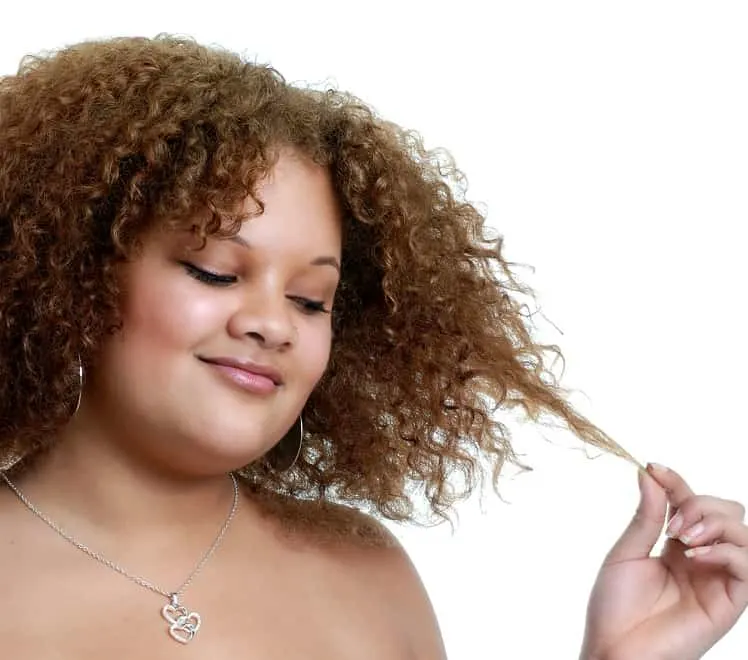
A common question asked by women with tightly-packed curls is how to identify if you have the 3C hair type?
This question is mainly asked because of how similar the other hair types are in the 3 hair family.
However, there are two easy ways to identify if you have the 3C hair type.
S or Z-Shaped Curls
3C hair has curls with a very prominent curve that often looks the ‘S’ shape but can also adopt the ‘Z’ shape in many cases.
So, if you notice a combination of S and Z-shaped curls, your hair type is probably 3C.
Fit A Pencil
A strange but very common way of determining if you have 3C hair type is you take a regular pencil and fit it inside one of your curls.
If the curls snugly wrap themselves around the pencil and hold on to it, it’s a clear sign that you have the 3C hair type!
Note that you can also have more than one hair type. A lot of women do have a combination of different hair types. Your curl pattern can differ from side to side or front to back.
How to Care for the 3C Hair Type
3C hair types undergo some of the most challenging challenges due to their tight curls and thick texture. This hair type is also prone to knots, dryness, frizziness, and breakage. Luckily, you can take steps to manage and care for 3C hair types.
Consider Co-washing
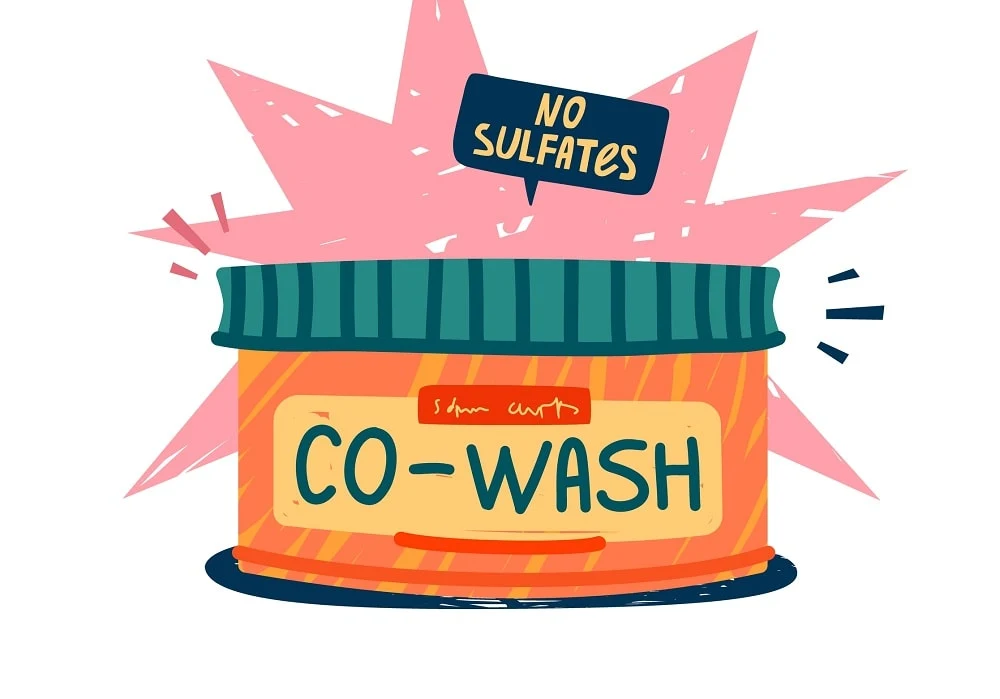
Co-washing is the act of only washing your hair in a conditioner. When you use shampoo, it cleans dirt and grime out of your hair through the process of ‘stripping.’ The leave-in conditioner does not strip your hair; rather, it hydrates and softens your strands.
When co-washing, ensure that you’re scrubbing the conditioner into your scalp to clean your hair and scalp. Spend at least one-minute scrubbing and another minute rinsing it out.
The shampoo contains sulfates which are meant for stripping your hair of oils and can create frizziness and dryness, leading to breakage and split ends. While considering co-washing, aim to use shampoo twice a month, as co-washing can lead to product and oil buildup.
Be Generous With the Moisturizer
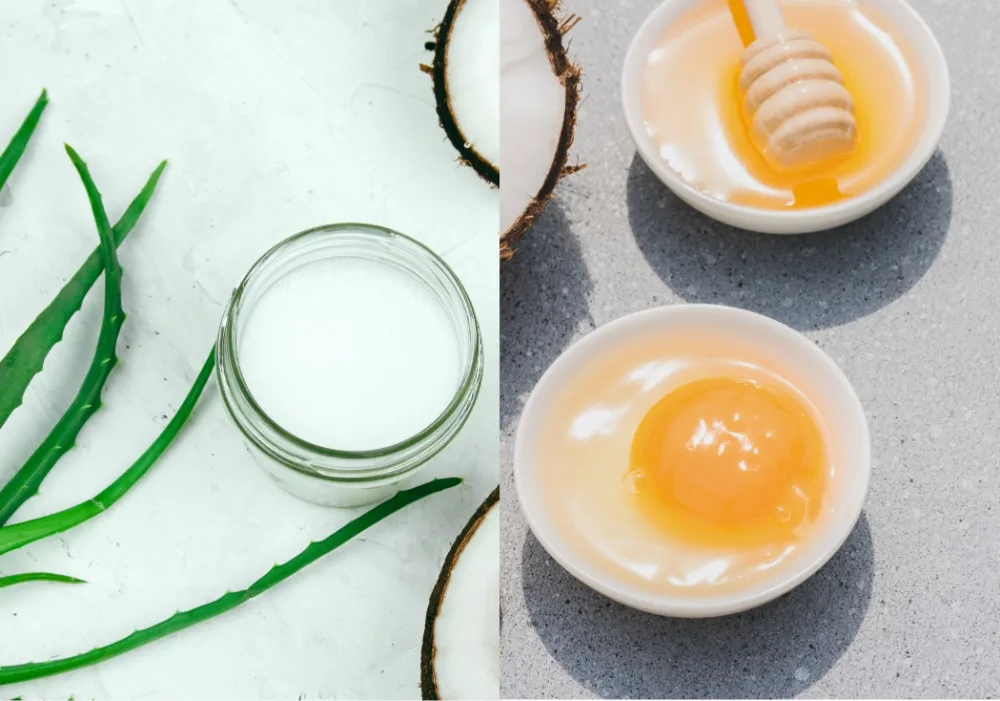
3C hair types are prone to dry hair because it’s difficult for moisture to travel down the windy S-shaped hair strands. If dryness is left untreated, your hair may become brittle, leading to split ends, frizziness, and breakage.
When moisturizing your hair, you’ll want to look for humectants – natural water magnets – such as aloe vera, honey, and cucumber. Emollients are your best friend as well, as they are topical moisturizers such as shea butter, coconut oil, and jojoba oil.
Luckily, you can make your own hair moisturizer for the best results. While there are a few recipes to choose from, try something simple such as any of the following:
- 5 teaspoons of coconut oil, 4 tablespoons of aloe vera, 1 teaspoon of avocado oils, and half a cup of purified water. Shake the mixture and spray daily.
- An equal amount of shea butter, argan oil, coconut oil, raw honey, and a few drops of any essential oil of your choice. Apply the mixture on your scalp and through your hair as needed, and leave it on for 30 minutes before washing it out.
- Mix well with one egg yolk, 2 tablespoons of raw honey, and 3 tablespoons of jojoba oil. After applying the mask to your hair and scalp, wrap your hair in a cap or towel and leave it on for 20 minutes before washing it out.
Say No to Sulfate Products
Sulfates are found in hair cleansing products like shampoos and are used to strip away dirt and oil from your hair. Although sulfates help clean your hair and scalp, they also strip away moisture and can leave your hair porous and prone to damage and scalp irritation.
People who should avoid sulfate products are individuals who experience dry skin, frizzy hair, or chemically bleached or dyed hair. Opt for natural ingredients and cleaning options that don’t contain sulfates when looking for shampoos.
Use Plenty of Conditioner
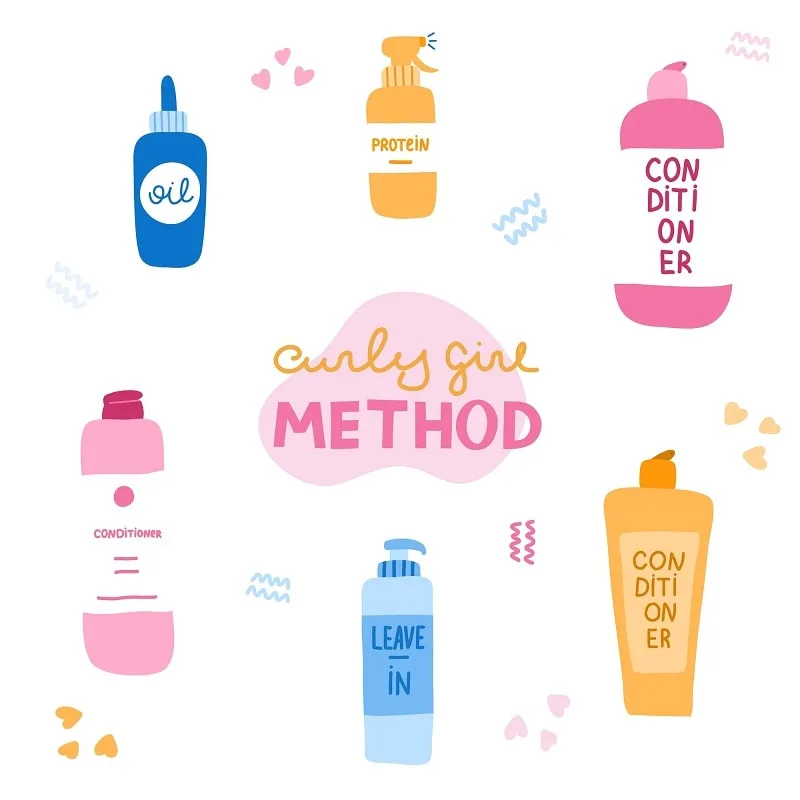
Women with 3C hair type have ditched the shampoo and found the best results when just washing their hair in conditioner. When taking a shower, use a generous amount of conditioner and leave it to soak in your hair until you’re ready to get out.
It’s also beneficial to get a deep conditioning treatment, a procedure where your hair is consumed with nourishing moisturizing products. After applying deep conditioner, let it soak into every strand of your hair, starting at the scalp for the amount of time instructed on the bottle. Rinse your hair with cool water and complete it.
Avoid the Straightening Iron
As you’ve read everywhere, heat tools, including hair straighteners, are especially bad for your hair. While a straightener will give you the desired look, such as less frizz and a more shiny gloss, it’s temporary and permanently damaging.
When you apply heat to your hair, the straightener strips your hair of natural oils that lock in moisture which keeps your hair healthy. Using a straightener, these essential oils are ripped away, leaving your hair vulnerable to dryness and frizz.
Straightening irons cause damage to hair because you are expanding the cuticles in your hair shaft, making your hair porous and unable to gain moisture, leading to split ends, breakage, and hair fallout.
If you must use a hair straightener, ensure you use a heat protectant or serum for extra protection.
Try the Pineapple Method
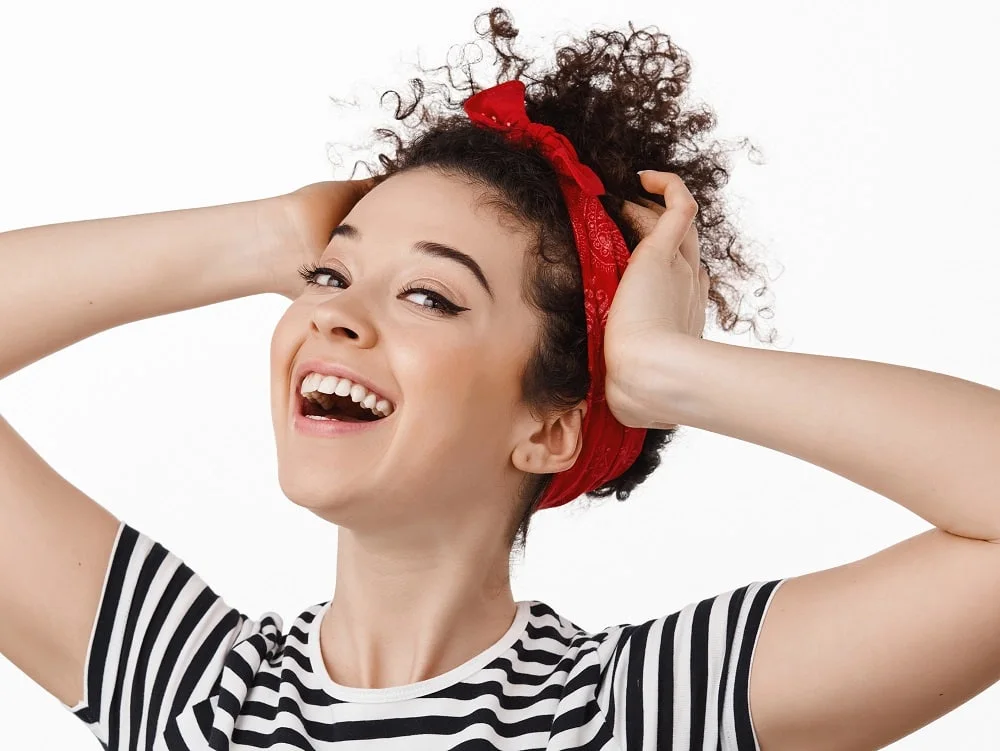
The pineapple method requires a high, loose ponytail above your head. You want to ensure the scrunchie or scarf you’re using is loose enough, so there aren’t any creases in your hair, and to prevent headaches from scalp tension.
The pineapple method removes your hair from falling behind your back or laying on it, preventing knots and breakage. You’ll want to use a satin or silk cap while you sleep for extra protection. Silk sheets, hair tools, or pillowcases help your hair breathe, unlike cotton and other material, allowing your hair to fall as it would naturally.
Follow these steps on how to pineapple:
- Bend completely forward
- Gather all your hair to the crown of your head
- Slip a scrunchie, scarf, or silk hair tye around your hair as loosely as possible
- Optional: cap your hair with a silk scarf or cap.
The LOC Method
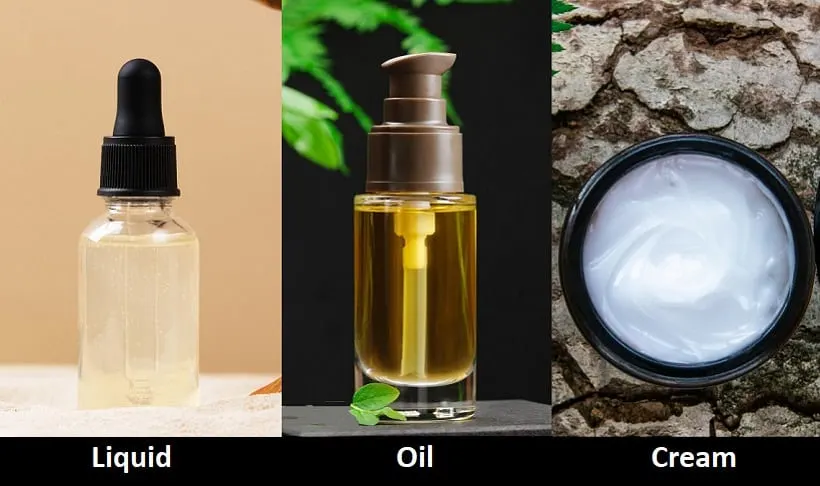
An interesting technique used by many curly-heads is the LOC Method (Liquid Oil Cream), which is aimed towards providing your hair with maximum moisture.
Liquid, oil, and cream are like three elixirs of hair care that work amazingly well together to add hydration, definition, moisture, and a prominent bounce to your curls.
Liquid refers to water for washing your hair, oil like almond, argan, or olive, and the cream is any curl-defining cream that transforms your hair into thick, rich, bouncy curls without weighing them down!
Best Styles for the 3C Hair Type
Since 3C hair type is understandably difficult to manage, you may need help finding hairstyles that suit and work for you. Below is a list of ideas:
Top Bun
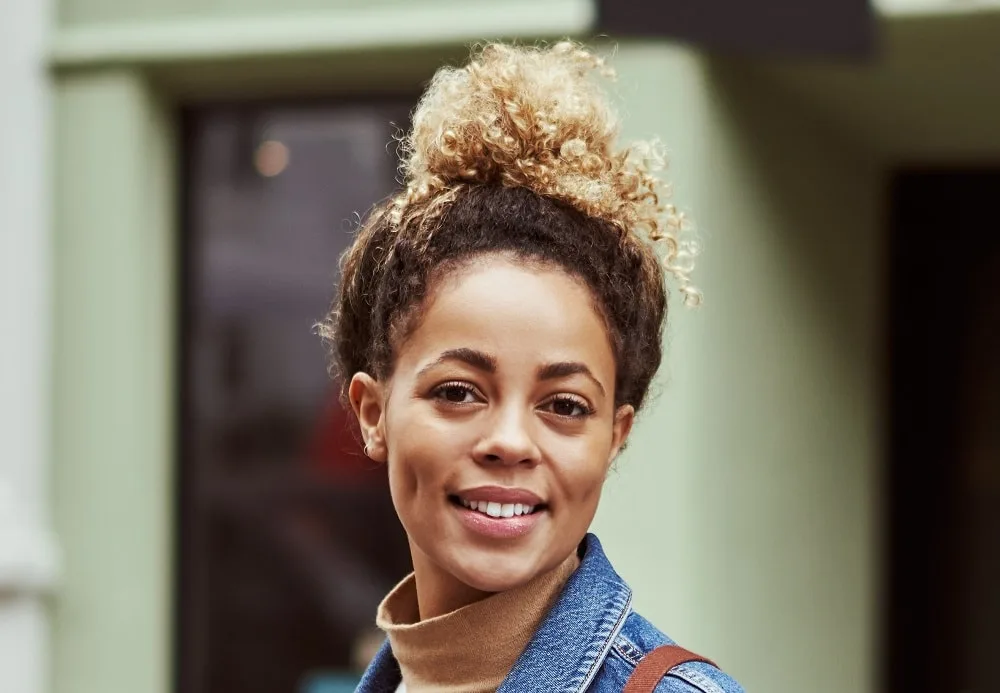
Perhaps the top bun is one of the easiest touch-and-go hairstyles for 3C hair types to do if you don’t have a lot of time. Follow the instructions below:
- Pull your hair to the top of your head – similar to the pineapple method.
- Tie your hair in a high ponytail.
- Wrap your hair around to create a bun and clip it in place with bobby pins.
- Optional: Use safe gel products to keep frizz and flyaways under control.
The top bun is fast and easy for 3C hair types and takes less than 5 minutes to pin it and go. You can pull strands loosely to make a wider bun for extra style.
Half Up
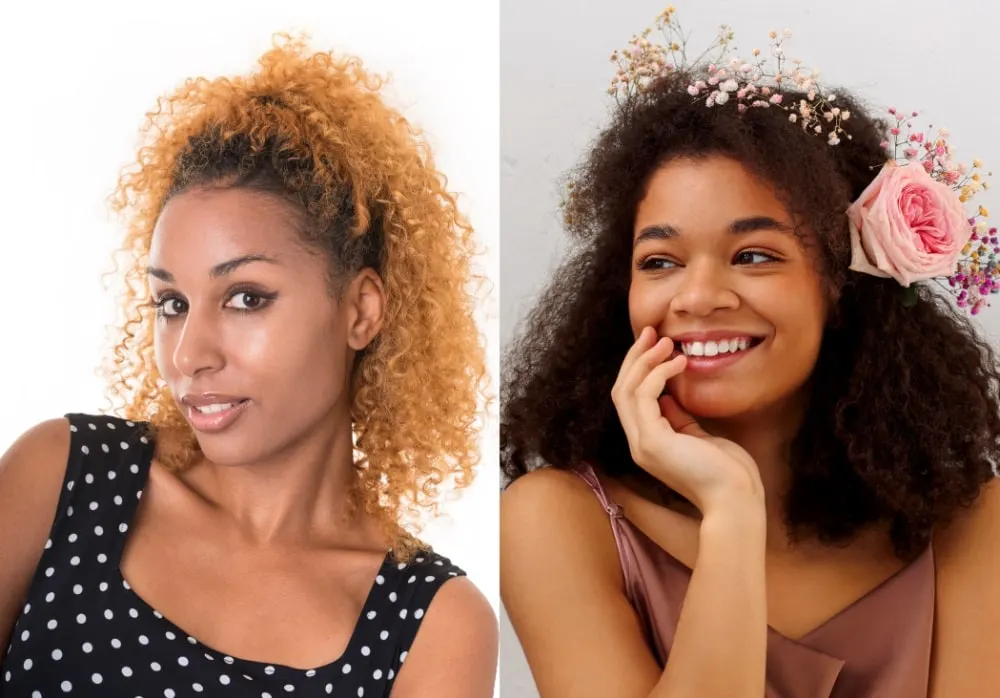
The half-up hairstyle is unique because you can make it your own. Whether you’d like to add braids, bring half to the side, or use the traditional high or low pony while letting the rest fall – the choice is yours.
Here’s how to do a half-up curly bun:
- Pull half your hair to the middle or top of your head (your preference).
- Use the exact instructions as the previous style with the top bun, bringing your hair into a pony.
- Grab your half-bun hair into one hand and tie a loose tie around the bun.
- Secure it with bobby pins and optional gel for flyaways and frizz.
Curlhawk
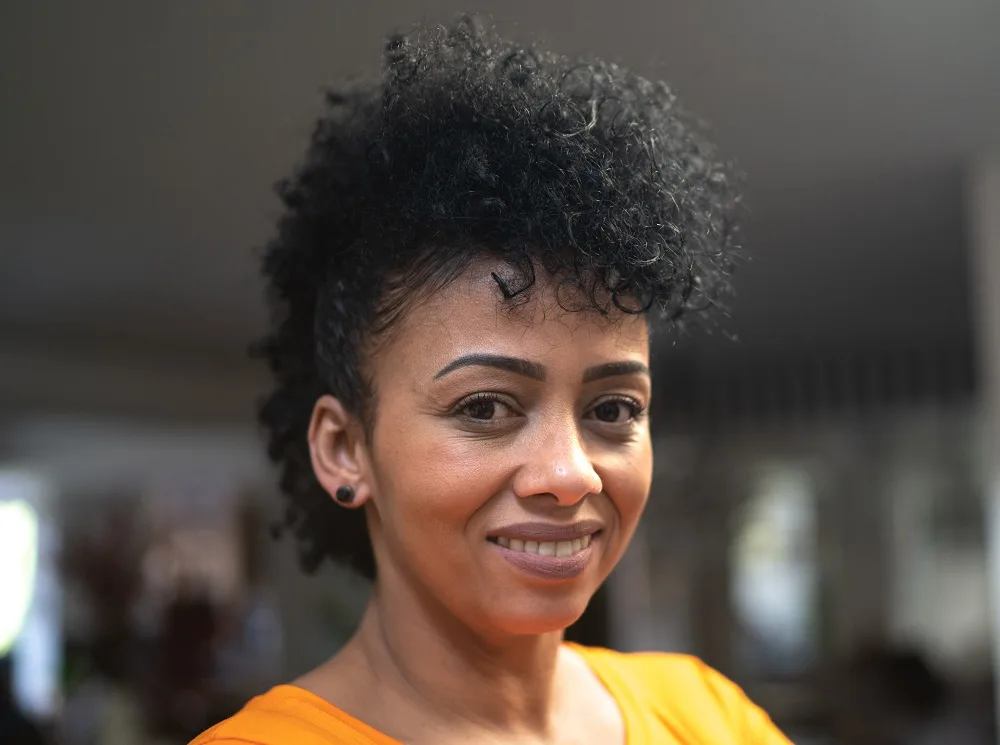
The curlhawk is an edgy look that suits most 3C hair types but takes some styling tools and some work to make it look perfectly unique. Here’s how to curl hawk:
- First, brush both sides of your head closest to your ears upward. It can be helpful to use gel to style it upward.
- Use a banana comb on the back of your head and bring it upwards to the base of your hairline. Clip it in.
- Brush the side of your hair closest to your ears again and place bobby pins ¼ of the way to your crown. Secure both sides in place.
- Repeat the third step with the partial front of your head and secure your hair in place.
- Finish with hair spray or moisturizing gel to lock in the look.
Kitty Ear Buns
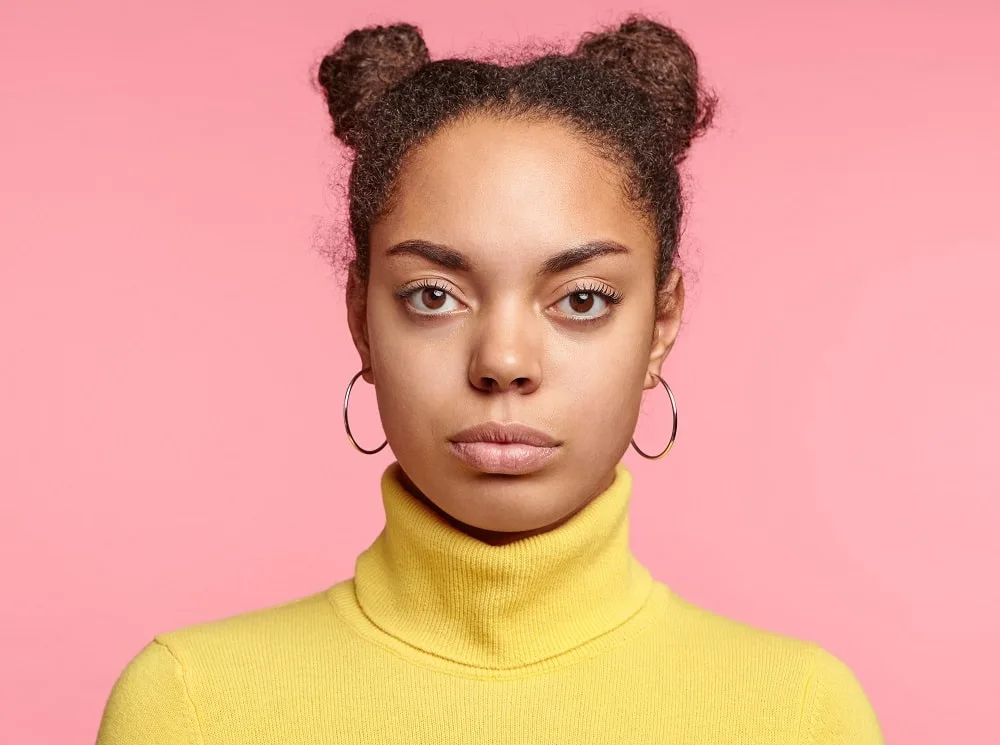
Cat ear buns are high buns that stick on either side of your head 9 like pigtails, but in cute buns). Here’s how:
- Part your hair down the middle evenly.
- Brush one side of your hair to the top left (or right, depending on which side you do first), and tie your hair into a bun.
- Do the same on the other side.
- Secure the do with pins and hair spray.
Wash-and-Go

Wash-and-go is one of the most effortless styles for 3C hair types. It’s when you don’t have to manipulate your hair in any way as you wash and go. Wash-and-go style requires you to shower and then leave it in the conditioner to create a wet hair look.
3C hair types are one of the most challenging hair types to manage and keep tamed. However, the best thing you can do if you have a 3C hair type is to keep it moisturized, avoid flat irons and heat, shampoo once a week, and go for deep conditioning treatments routinely.
Luckily it is the most versatile curls, which adds endless possibilities to how you go about styling and creating a look that is 100% yours.
FAQs on 3C Hair Type
The difference between 3A and 3C hair types is the width and diameter of the curl. If you can naturally fit chalk or sharpy between your strands, you have a 3A hair type.
3C hair types have smaller curls which a pencil or straw can fit naturally inside the curls.
Shrinkage means your hair looks shorter when it dries than wet or straightened. The answer is, unfortunately, yes, 3C hair types tend to shrink up to 50% more than other hair types.
However, there are many things you can do to stop shrinkage, such as twisting and braiding, causing tension at the bottom of your hair strands, blowouts, African threading, and roller sets.
It’s recommended to wash your hair with shampoo once every 7 days to keep it clean and without damage. Since shampoo can damage hair by stripping natural oils and removing moisture, 3C hair types avoid shampoo and only co-wash it.
However, how often should 3C go without shampoo? Though if your hair feels dirty, you can shampoo it twice a week.
Yes, 3C hair types suffer from low porosity, which means it’s difficult for their hair to suck in moisture, leaving it prone to dryness and breakage.
3C’s must remember to moisturize using the right products, such as humectant and emollients, to strengthen and create as much moisture as possible.
Recommended For You:
